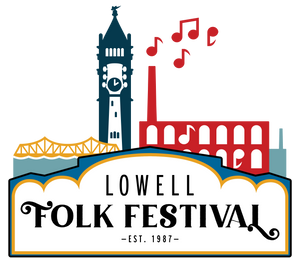NATIVE PRIDE DANCERS

NATIVE PRIDE DANCERS
powwow dance traditions
Jacksonville, Florida
Colorful regalia, resounding drumming, and fancy footwork are part of the rich panoply of experiences at a Native American powwow. The Native Pride Dancers brings this excitement and artistry to audiences across the world, sharing their stories and teaching about the innovative blend of modern and traditional Native American dance styles featured in their performances.
While ceremonial gatherings in Native American communities stretch back centuries, modern powwows emerged from recent ceremonies that began in the Great Plains in the 19th century. When the U.S. government seized Native lands, a period of forced migration and upheaval resulted in greater intertribal exchange and solidarity among Plains tribes. As new traditions diffused throughout the region, they became part of homecoming celebrations for families and communities separated by government removal. When thousands of Plains Indians were relocated to cities across the country in the 1950s, new intertribal collaborations were created. As Native American culture urbanized, the number of powwows increased, leading to today’s powwow circuit and bringing about the rise of dance competitions.
The group’s founder and artistic director is Larry Yazzie. A member of the Meskwaki Nation, Larry is a world champion fancy dancer who consistently takes top honors at powwows in the United State and Canada. Dancing from age seven, Larry has been competing since his early teens. Joining Larry are Tia Roberts, presenting a fancy shawl dance and Dom Watson, a grass dancer.
In Lowell, Larry and Dom will present a variety of men’s dances, including the grass dance, a ceremonial dance thought to have originated with the Omaha Tribe. In the South, it’s said that the grass dance was used to celebrate victories in battle while in the North, it was used to bless new grounds. Grass was tied to the dancer and the fringe that was attached to the regalia evoked tall prairie grass. The grass dance represents the balance of life and this can be seen in the even movements of the dancers.
Tia will present the fancy shawl dance, which originated in the 1950s. Inspired by the movement of butterflies, the dance has intricate footwork and spinning that show the fringe on the shawl and the colors of the dancer’s outfit. Originally called the Graceful Shawl Dance, it did not include fast movements or high stepping; those elements came later. Today the dancer performs energetic twirls and high steps to fast-paced drum beats.
Websites and social media: nativeprideproductions.com




